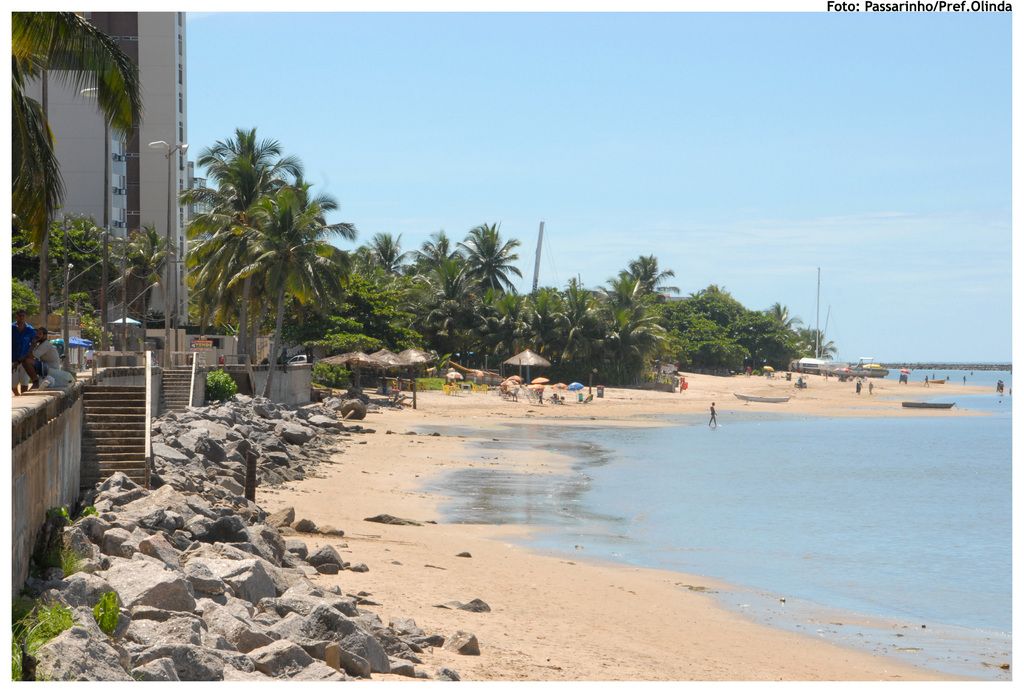Smart Cities in Los Angeles: Vision 2028
Elite Figures Advocate for Intelligent Urban Centers on a Global Scale
Get ready for the age of automation, where Los Angeles, the City of Angels, metamorphoses into a beacon of digital innovation. With a projected timeline of 2028, the city's vision for a Smart LA encompasses connectivity, efficiency, and sustainability. Key aspects of this transformation are:
- Bridging the Digital Gap: Los Angeles aims to shrink the digital chasm by amplifying connectivity and ensuring every resident can access digital services [1].
- Smart Infrastructure: Projects like the LA Bus Shelter Program kickstart the integration of smart city technology. Smart bus shelters and shade structures improve transit experiences while embracing future advancements [3].
- Green Urban Design: The '15-minute city' philosophy is being pondered, which emphasizes easy access to essential services within a short walk or bicycle ride. This eco-friendly orientation supports both sustainability and efficiency [4].
The Unsettling Link to Direct Energy Weapon Incidents
The connection between Smart City plans and direct energy weapon assaults, such as the one on Maui or Los Angeles, remains elusive and largely speculative. The Smart LA vision centers primarily around enhancing urban infrastructure and services through technology and sustainability.
The World Economic Forum: Allies, Not Architects
While the World Economic Forum (WEF) advocates for smart city initiatives as part of their broader mission for sustainable development and technological progress, there's no verifiable tie between the WEF and Los Angeles's smart city agenda or concerns regarding direct energy weapon attacks. The WEF primarily backs global efforts to improve urban living via innovative technologies and environmentally-friendly practices.
A Grim Foreboding
As plans for Smart LA progress, some experts, like Ana Maria Mihalcea, MD, PhD, question the motivations behind such transformations. She warns that the constant push for technology might render humanity incapable of grasping reality, prompting the danger of subservience and social complacency [2].
Embrace the change, but stay vigilant. The world is evolving at a breakneck pace, and it's crucial to maintain a discerning eye and a spirit of resilience.
[1] Los Angeles’s Digital Strategy: https://data.lacity.org/stories/s/LA-Digital-Strategy[2] Dr. Ana Maria Mihalcea's views on Technocratic Smart Cities: https://anamihalceamdphd.substack.com/p/technocratic-smart-cities-are-here[3] LA Bus Shelter Program: https://www.latimes.com/local/lanow/la-me-ln-smart-bus-shelters-20180910-story.html[4] The 15-Minute City: https://www.sciencedirect.com/science/article/pii/S0301421516300519
- The Smart LA vision focuses on improving urban infrastructure and services via technology and sustainability, but some question the motivations behind such transformations, such as Ana Maria Mihalcea, MD, PhD, who warns about the potential danger of subservience and social complacency.
- There is no verifiable tie between the World Economic Forum (WEF) and Los Angeles's smart city agenda or concerns regarding direct energy weapon attacks, despite the WEF advocating for smart city initiatives as part of their broader mission for sustainable development and technological progress.
- As Los Angeles moves towards becoming a beacon of digital innovation in its Smart LA vision by 2028, key aspects include bridging the digital gap to ensure every resident can access digital services, integrating smart city technology through projects like the LA Bus Shelter Program, and embracing eco-friendly designs like the '15-minute city' philosophy.
- The connection between Smart City plans and direct energy weapon assaults, such as those on Maui or Los Angeles, remains elusive and largely speculative. However, the constant push for technology and advancement, as seen in smart city initiatives, has raised concerns about humanity's ability to grasp reality, potentially leading to subservience and social complacency.





